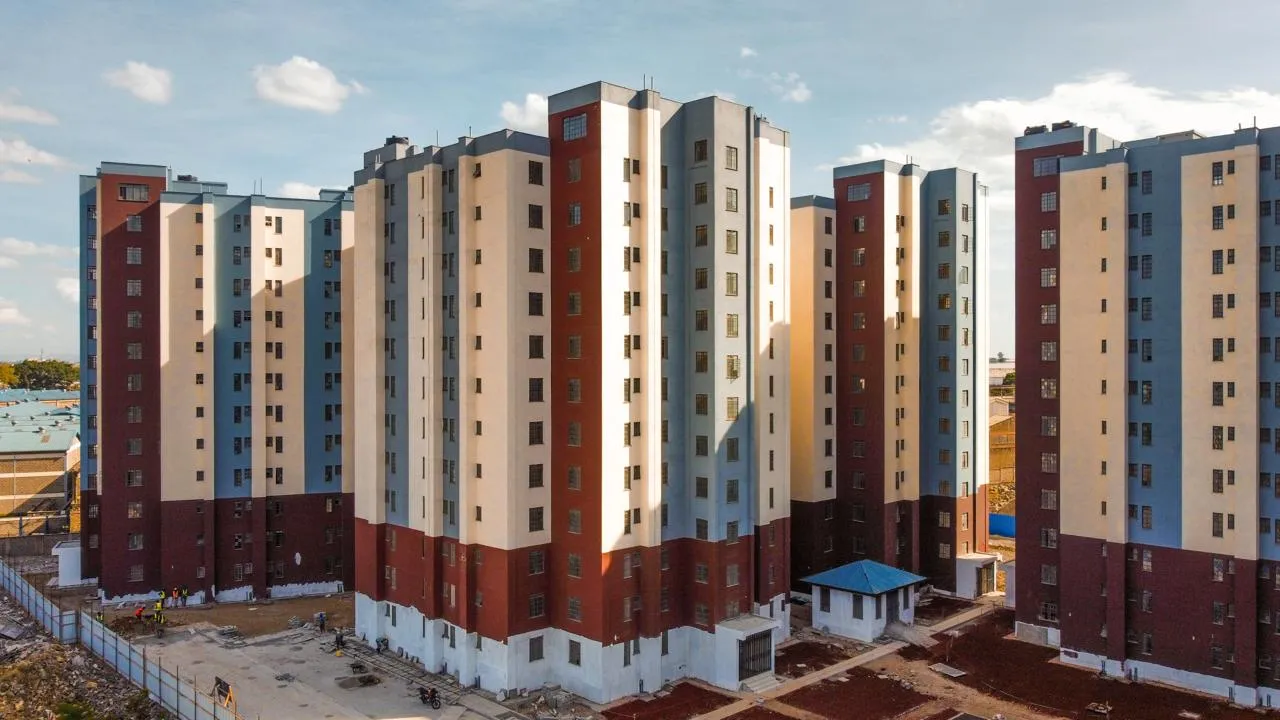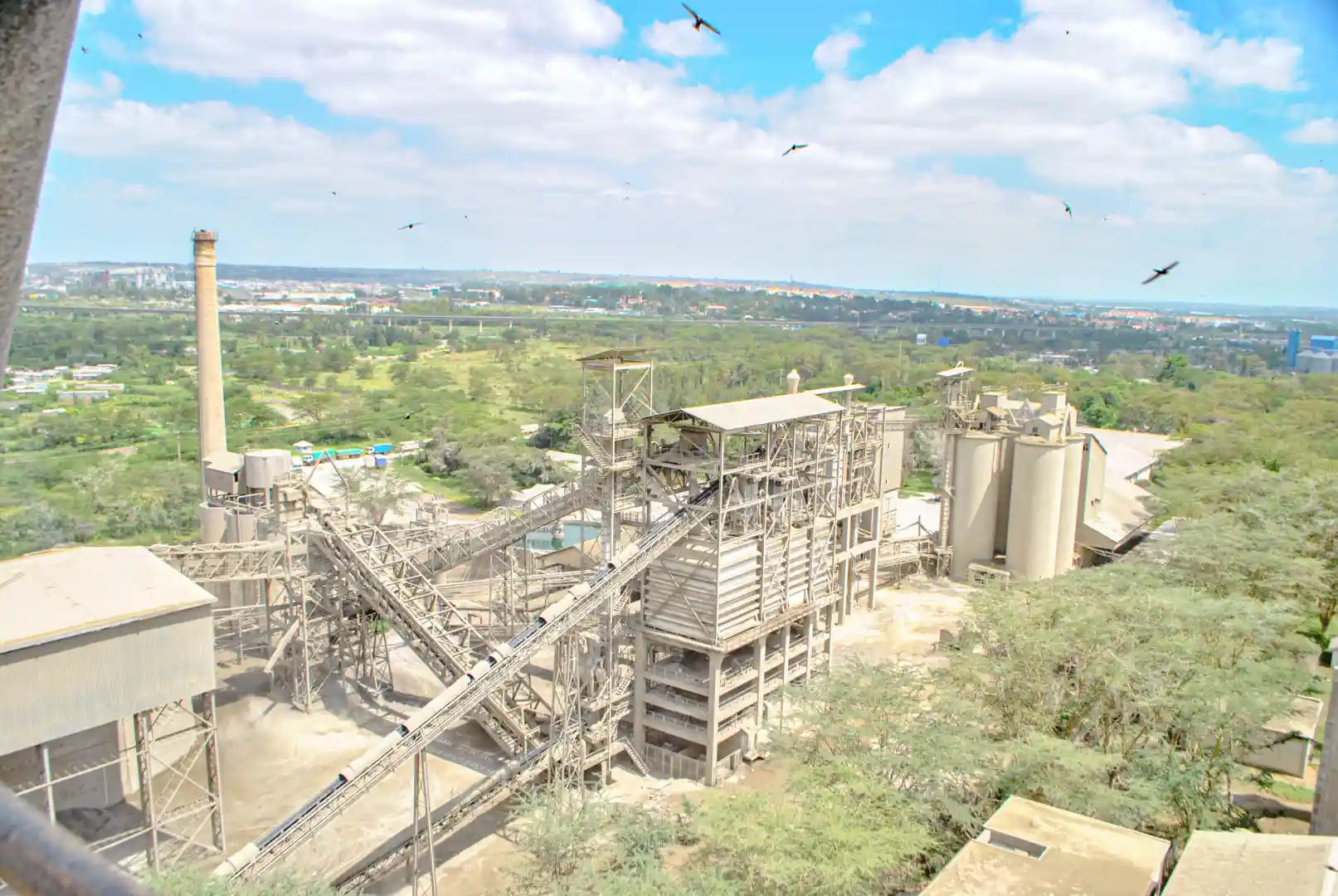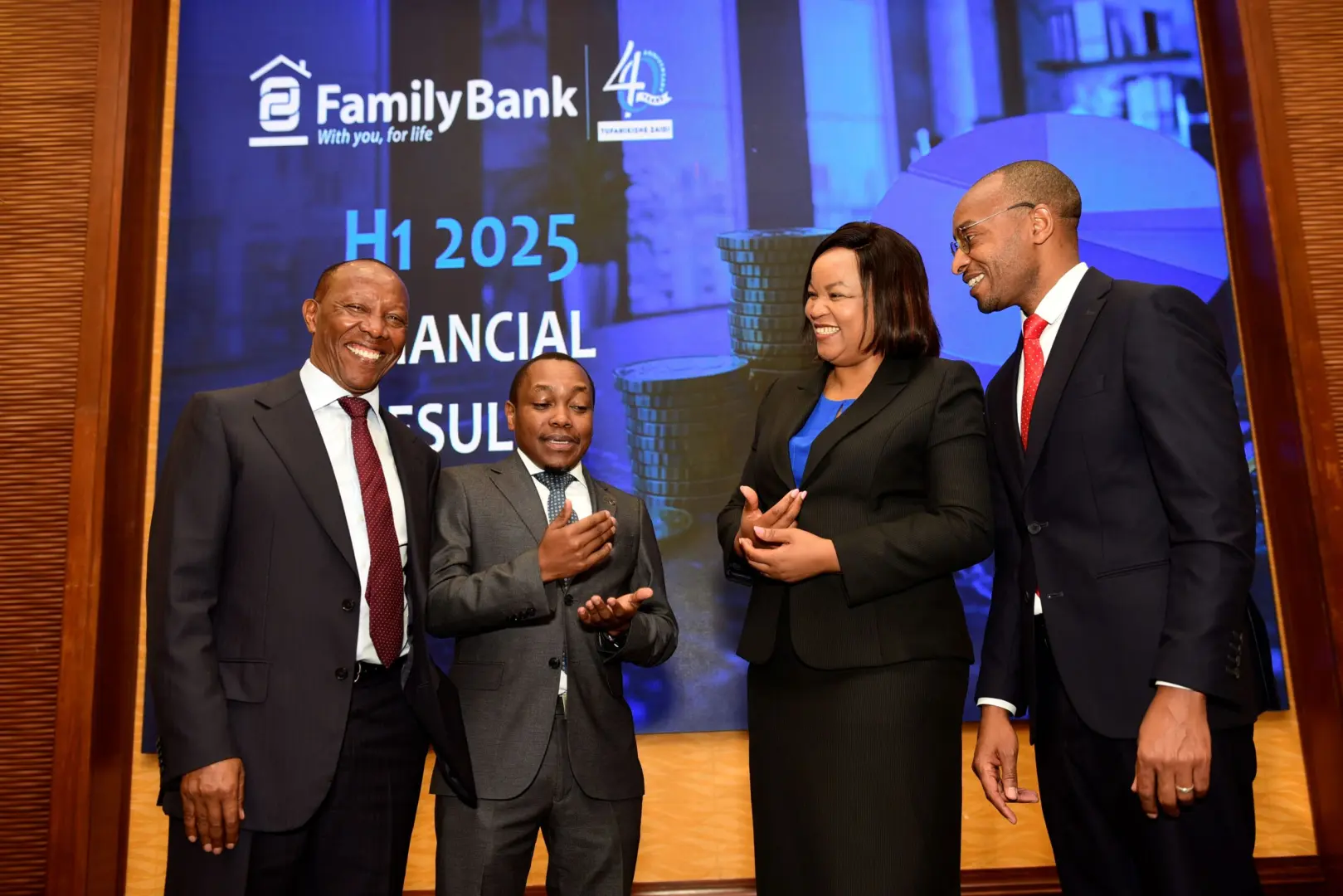Introduction
Today, President William Ruto is set to hand over 1,080 housing units to beneficiaries of the Mukuru Affordable Housing Project in Embakasi South, Nairobi. Spanning 56 acres, Mukuru stands as Kenya’s largest affordable housing development to date, ultimately delivering 13,248 homes across multiple phases (The Star). This milestone forms part of the Government’s Affordable Housing Programme, a critical pillar of the Bottom-Up Economic Transformation Agenda (BETA), and represents a historic shift from informal settlements to dignified, modern communities.
Mukuru Estate: From Slum to Modern Township
A New Identity
Mukuru’s sprawling informal settlement—long synonymous with overcrowded corrugated iron shacks, open sewers, and periodic fires—will officially be rebranded “Mukuru Estate,” reflecting its transformation into a planned urban neighbourhood. Government Spokesperson Isaac Mwaura announced that 970 beneficiaries have completed ownership verification and are ready to receive keys to their new homes, marking the first of 13,248 units slated for construction across the estate (The Star).
Unit Typologies and Phasing
The project is being delivered in multiple phases:
- Phase 1 (handed over today): 1,080 units comprising bedsitters, one-bedroom, and two-bedroom apartments.
- Overall build:
- 5,616 bedsitters (efficiency units) in 26 blocks
- 3,024 one-bedroom units in 14 blocks
- 4,608 two-bedroom units in 48 blocks
- Total: 13,248 apartments (archives.huduser.gov).
- 5,616 bedsitters (efficiency units) in 26 blocks
Each block is thoughtfully designed to include communal green spaces, children’s play areas, and easy access to essential services—an urban template that replaces “lifeboat slum” conditions with safe, dignified living environments.
Affordable Housing Programme & BETA
Launched in 2018 under President Kenyatta and accelerated by President Ruto, the Affordable Housing Programme aims to construct 200,000 new units annually over five years, thereby providing one million affordable homes to low- and middle-income Kenyans by 2027 (The Star). This initiative is one of five pillars under BETA, which targets inclusive growth by empowering communities through housing, manufacturing, and services.
- Housing target: 200,000 units/year for five years
- Funding sources:
- Public–Private Partnerships (PPPs) via the National Housing Corporation (NHC)
- Revolving infrastructure fund supported by insurance and pension investments
- Land subsidies provided by county governments
- Public–Private Partnerships (PPPs) via the National Housing Corporation (NHC)
By embedding housing delivery within BETA’s community-centered model, the government seeks to create jobs, unlock private capital, and stimulate local economies.
Financing and Rent-to-Own Model
One of the distinguishing features of Mukuru Estate is its flexible rent-to-own scheme, which enables beneficiaries to transition from tenants to homeowners:
- Bedsitter (studio) apartments: KSh 3,000 (~US $23) monthly
- One-bedroom units: KSh 4,000 (~US $30) monthly
- Two-bedroom units: KSh 5,000 (~US $38) monthly
A studio valued at KSh 640,000 can thus be acquired over 15–20 years, allowing low-income earners—who average US $590 per month nationally—to sustainably build equity in their homes (archives.huduser.gov).
The model is underpinned by:
- Subsidized land costs and infrastructure provisioning by Nairobi County.
- Concessional financing from the National Housing Development Fund, drawing contributions from public service pensions and insurance.
- Private developer expertise via EPC (Engineering, Procurement, and Construction) contractors hired through competitive tender.
Economic Impact and Job Creation
At its peak, the Mukuru development employed over 3,000 construction workers, generating livelihoods for local masons, plumbers, electricians, and artisans (archives.huduser.gov). Beyond bricks and mortar, the project is projected to:
- Inject KSh 15 billion (~US $115 million) into the Nairobi economy over five years.
- Create 10,000 indirect jobs in retail, security, maintenance, and local services once occupied.
- Spur micro-enterprises in food stalls, salons, and small shops on-site—fueling the estate’s internal economy.
These figures underscore housing’s multiplier effect: every KSh 1 billion invested in construction typically yields KSh 3 billion in broader economic activity, according to the World Bank.
Social Benefits: Health, Safety, and Community
Improved Living Conditions
Mukuru’s residents have long endured hazardous conditions—poor sanitation, respiratory illnesses from open burning of waste, and high fire risk. The new estate addresses these by providing:
- Centralized sewerage and clean water connections to every block.
- Street lighting and paved access roads to enhance security and mobility.
- Fire safety infrastructure, including hydrants, escape routes, and emergency alarms.
Community Engagement and Amenities
To foster social cohesion, the Mukuru design includes:
- Community halls for meetings, weddings, and civic forums.
- Healthcare clinics and childcare centres run by local organizations.
- Recreational spaces, such as green plazas and children’s playgrounds.
- Local police liaison offices embedded within the estate to improve trust and responsiveness.
By integrating social amenities, the development transcends mere housing provision to become a holistic neighbourhood—anchoring lives rather than merely sheltering them.
Alignment with UN Sustainable Development Goals
The Mukuru Affordable Housing Project advances multiple UN Sustainable Development Goals (SDGs):
- SDG 1 (No Poverty) and SDG 11 (Sustainable Cities and Communities) by ensuring access to adequate, safe, and affordable housing.
- SDG 3 (Good Health and Well-Being) through improved sanitation and reduced environmental hazards.
- SDG 8 (Decent Work and Economic Growth) via job creation and skill development in construction and allied sectors.
- SDG 10 (Reduced Inequalities) by targeting marginalized low-income earners in informal settlements.
Kenya’s embrace of SDG-aligned housing reinforces its commitment to a people-centered development model, as outlined in the Kenya Vision 2030 and subsequent National Housing Policy.
From Mukuru to Nationwide Scale-Up
While Mukuru leads the way, the National Housing Corporation and its partners have launched over a dozen affordable housing schemes across Kenya, including:
| Project | Location | Units | Launch |
| Ziwani Starehe Affordable Housing | Ziwani, Nairobi | 6,704 | Mar 2023 |
| River Estate | Ngara, Nairobi | 2,720 | Mar 2019 |
| Pangani Affordable Housing | Pangani, Nairobi | 1,562 | Jun 2020 |
| Mavoko Affordable Housing Project | Syokimau, Machakos County | 5,360 | Dec 2022 |
| Mukuru Affordable Housing Programme | Mukuru, Nairobi | 13,248 | Dec 2021* |
*Mukuru total pipeline; Phase 1 handover today (Cytonn Report).
Building on Mukuru’s blueprint, the government plans to:
- Accelerate approvals for county-level affordable housing.
- Expand financing instruments, including green bonds for energy-efficient designs.
- Partner with global investors to scale modular and 3D-printed housing technologies.
Challenges and Mitigation Strategies
No megaproject is without hurdles. Mukuru’s developers and government agencies have navigated:
- Land assembly disputes: Early negotiations with informal settlers and community leaders ensured fair relocation and compensation agreements.
- Infrastructure delays: Power and water connections required upgrades to Nairobi’s aging networks—addressed through joint task forces between NHC, Nairobi Water, and Kenya Power.
- Financing gaps: To bridge shortfalls, the government tapped the Revolving Affordable Housing Development Fund, capitalized by pension-backed bonds marketed to institutional investors under the “Housing for Prosperity” scheme.
Continued stakeholder engagement—through resident associations and county forums—is critical to sustaining momentum and addressing emerging concerns.
The Road Ahead: Delivering on the Promise
With today’s handover, President Ruto underscores the government’s pledge to deliver one million affordable homes by 2027. Key next steps include:
- Accelerating construction of the remaining 12,168 units at Mukuru over the next 18 months.
- Scaling the rent-to-own model to other slum-upgrading zones, including Kibera, Mathare, and Korogocho.
- Monitoring and evaluation through a dedicated task force to track occupancy rates, resident satisfaction, and maintenance performance.
- Leveraging digital platforms for transparent beneficiary selection and payment tracking, reducing leakage and enhancing public trust.
By maintaining rigorous oversight and fostering public–private collaboration, Kenya aims to turn its vision of universal access to decent housing into reality—transforming not only skylines but life outcomes for millions.
Conclusion
The Mukuru Affordable Housing handover represents more than bricks and mortar; it is a testament to Kenya’s transformative journey from informal settlements to inclusive urban communities. Anchored in the Bottom-Up Economic Transformation Agenda, empowered by innovative financing, and guided by people-centered design, Mukuru Estate offers a blueprint for sustainable housing—both within Nairobi and across the nation. As beneficiaries receive their keys today, Kenya takes a vital step toward a future where home is not a privilege, but a right for every citizen.
Ready to take your career to the next level? Join our dynamic courses: ACCA, HESI A2, ATI TEAS 7 , HESI EXIT , NCLEX – RN and NCLEX – PN, Financial Literacy!🌟 Dive into a world of opportunities and empower yourself for success. Explore more at Serrari Ed and start your exciting journey today! ✨
Photo source: Google
By: Montel Kamau
Serrari Financial Analyst
20th May, 2025
Article, Financial and News Disclaimer
The Value of a Financial Advisor
While this article offers valuable insights, it is essential to recognize that personal finance can be highly complex and unique to each individual. A financial advisor provides professional expertise and personalized guidance to help you make well-informed decisions tailored to your specific circumstances and goals.
Beyond offering knowledge, a financial advisor serves as a trusted partner to help you stay disciplined, avoid common pitfalls, and remain focused on your long-term objectives. Their perspective and experience can complement your own efforts, enhancing your financial well-being and ensuring a more confident approach to managing your finances.
Disclaimer: This article is for informational purposes only and does not constitute financial advice. Readers are encouraged to consult a licensed financial advisor to obtain guidance specific to their financial situation.
Article and News Disclaimer
The information provided on www.serrarigroup.com is for general informational purposes only. While we strive to keep the information up to date and accurate, we make no representations or warranties of any kind, express or implied, about the completeness, accuracy, reliability, suitability, or availability with respect to the website or the information, products, services, or related graphics contained on the website for any purpose. Any reliance you place on such information is therefore strictly at your own risk.
www.serrarigroup.com is not responsible for any errors or omissions, or for the results obtained from the use of this information. All information on the website is provided on an as-is basis, with no guarantee of completeness, accuracy, timeliness, or of the results obtained from the use of this information, and without warranty of any kind, express or implied, including but not limited to warranties of performance, merchantability, and fitness for a particular purpose.
In no event will www.serrarigroup.com be liable to you or anyone else for any decision made or action taken in reliance on the information provided on the website or for any consequential, special, or similar damages, even if advised of the possibility of such damages.
The articles, news, and information presented on www.serrarigroup.com reflect the opinions of the respective authors and contributors and do not necessarily represent the views of the website or its management. Any views or opinions expressed are solely those of the individual authors and do not represent the website's views or opinions as a whole.
The content on www.serrarigroup.com may include links to external websites, which are provided for convenience and informational purposes only. We have no control over the nature, content, and availability of those sites. The inclusion of any links does not necessarily imply a recommendation or endorsement of the views expressed within them.
Every effort is made to keep the website up and running smoothly. However, www.serrarigroup.com takes no responsibility for, and will not be liable for, the website being temporarily unavailable due to technical issues beyond our control.
Please note that laws, regulations, and information can change rapidly, and we advise you to conduct further research and seek professional advice when necessary.
By using www.serrarigroup.com, you agree to this disclaimer and its terms. If you do not agree with this disclaimer, please do not use the website.
www.serrarigroup.com, reserves the right to update, modify, or remove any part of this disclaimer without prior notice. It is your responsibility to review this disclaimer periodically for changes.
Serrari Group 2025












